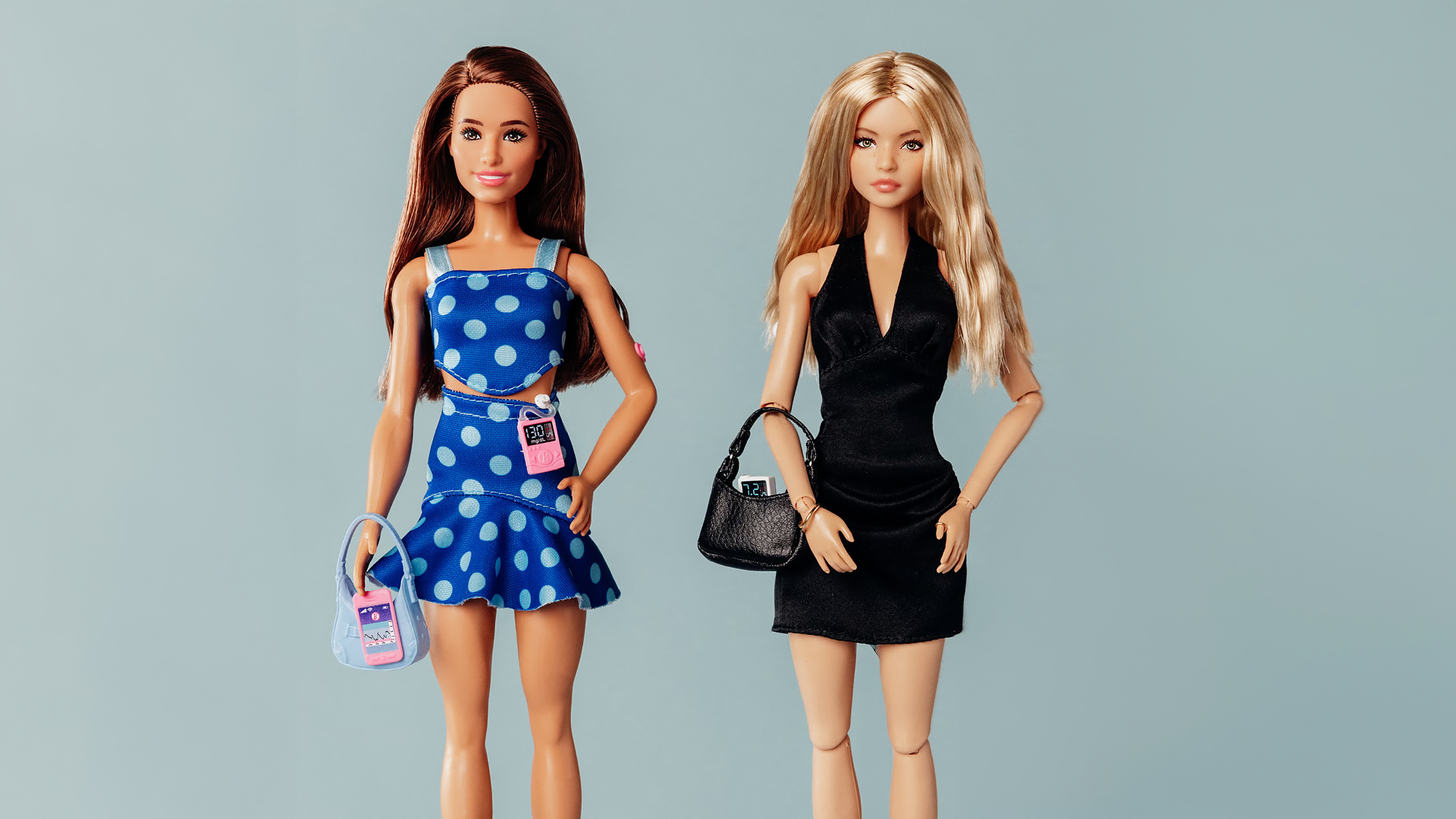Mattel’s new doll has Type 1 diabetes, marking another inclusive step for the brand. But response to the launch highlights a persistent lack of education around the disease – and the need to dismantle stigma.
Mattel’s latest addition to its Barbie lineup, a doll with Type 1 diabetes, might seem like a small plastic step. But its release has quickly become a barometer for public understanding – or misunderstanding – of chronic illness.
Unveiled in partnership with UK charity Breakthrough T1D, the new doll comes equipped with a continuous glucose monitor (CGM) on her arm and an insulin pump clipped to her waistband, reflecting the real-life medical tools used by many with the condition. But the release has already triggered an eye-opening debate around diabetes, and inadvertently highlighted the pertinence of the doll’s existence.
Some have praised Mattel for another addition to its steadily growing roster of inclusive dolls. These have included a transgender Barbie, a Barbie with Downs Syndrome, and most recently a blind Barbie.
But others have responded with a troubling lack of empathy or understanding of what the new doll represents.
On social media, users have flooded posts with negative comments – ranging from cruel to plain ignorant.
‘This is telling of how young children are getting diabetes these days,’ wrote one user. Another chastised Mattel for promoting something that is, in their words, ‘entirely avoidable.’
In reality, type 1 diabetes is a chronic illness with no known cure. It’s often passed down genetically within families, and those living with the disease face a range of health issues ranging from damaged eyesight to limb damage and shorter lifespan.
This is entirely separate illness from type 2 diabetes, which is caused by an unhealthy diet. Both diseases are often confused, leading to stigma towards sufferers of both type 1 and type 2 diabetes – but notably a widespread assumption that those living with the former are sick due to lifestyle choices.
Type 1 diabetes is an autoimmune condition, not a lifestyle disease. It typically develops in childhood and is completely unrelated to diet, sugar consumption, or exercise. According to Breakthrough T1D, over 29,000 children in the UK live with Type 1, a number that continues to rise annually.





















